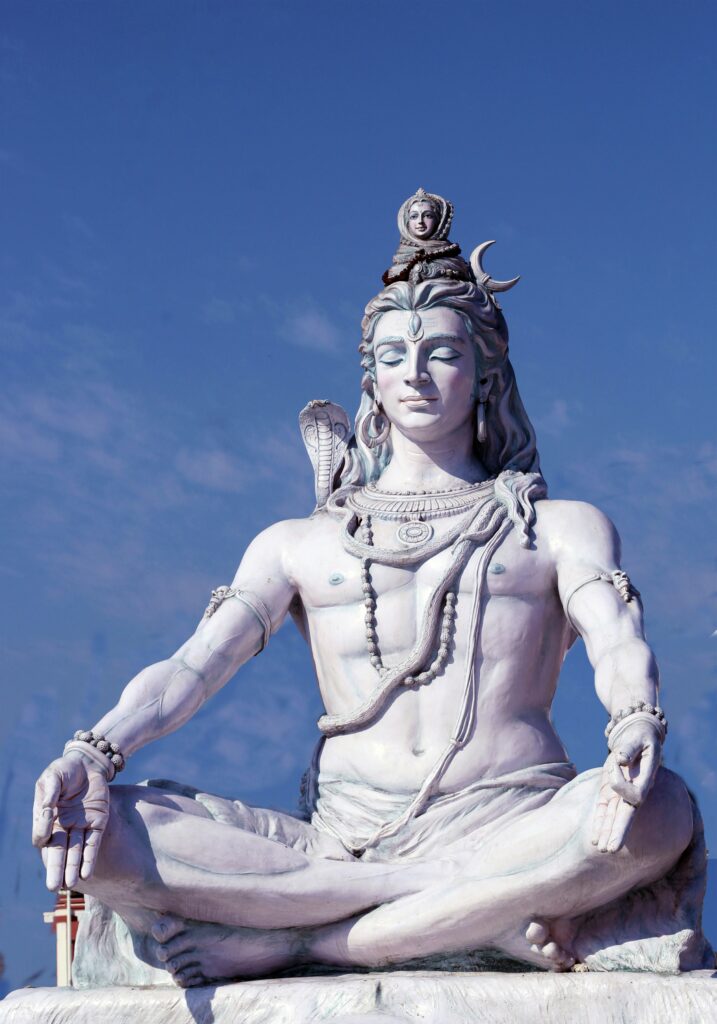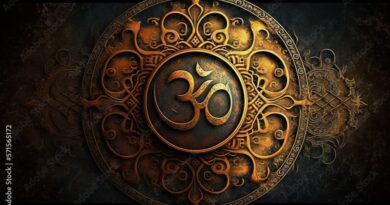
From Kali to Shiva: The Power and Balance of Sacred Energies
The Dance of Balance: Understanding Masculine and Feminine Energies in Eastern Cultures
In an era where gender roles are being redefined and questioned, the ancient wisdom of Eastern cultures offers a refreshing, nuanced lens: the concept of masculine and feminine energies—not as rigid roles or biological destinies, but as universal forces within all beings, regardless of gender.
Beyond Gender: The Essence of Yin and Yang
In Chinese philosophy, the duality of Yin and Yang is foundational. Yin is often associated with feminine energy: receptive, intuitive, soft, nurturing, and reflective. Yang represents masculine energy: active, assertive, outward, structured, and dynamic. Importantly, these aren’t labels for men or women—but complementary forces that exist in everything from nature to the cosmos to human beings.
The Taoist worldview teaches that harmony is found not in dominance, but in balance. Just as night follows day, Yin and Yang cycle in a continuous dance—each containing a seed of the other. This fluid interplay is reflected in martial arts, traditional Chinese medicine, and even architecture, emphasizing a holistic way of living that values equilibrium.
The Indian Perspective: Shakti, Shiva, and the Divine Union
In Indian spiritual traditions, particularly in Tantra and Hindu philosophy, this concept is echoed through the divine archetypes of Shakti and Shiva.
- Shakti is the creative, life-giving force—raw energy, dynamic movement, and primal power. She is the feminine principle, and without her, nothing can manifest.
- Shiva, the masculine counterpart, is pure consciousness—still, unchanging, aware, and infinite. But without Shakti, he is inert.
Their union is not merely symbolic—it’s cosmic. One of the most profound representations of this is Ardhanarishvara: a composite form of Shiva and Shakti in one body, split down the middle—half male, half female. This form reminds us that masculine and feminine energies are not opposites, but inseparable halves of a whole.
Yet, like all powerful forces, balance is crucial.
Shakti Unrestrained: Why Consciousness Must Match Power
In the mythology of Kali, the wild and terrifying form of the Goddess, we see what happens when Shakti becomes untethered. She emerges to destroy evil—but in her fury, loses control and threatens the very fabric of existence.
No god can stop her—until Shiva, in his stillness and awareness, lies down in her path. The moment Kali steps on him, she becomes aware. Her rage subsides. She remembers herself.
This isn’t just mythology—it’s a powerful metaphor: when energy (Shakti) lacks awareness (Shiva), it can become destructive. The same force that creates can also consume.
⚡ To wield the raw power of Shakti, one must be as competent, still, and self-aware as Shiva. Without the depth and discipline of consciousness, unchanneled power becomes chaos.
This is the essence of inner alchemy in Tantra. Before awakening Shakti (through breathwork, meditation, or spiritual practice), one must cultivate the steadiness of Shiva—so that when energy rises, it has a conscious vessel to move through. Otherwise, it overwhelms.
Japan and the Subtle Balance
Japanese culture, deeply influenced by Shintoism and Zen Buddhism, also embraces the harmony of opposites. Though not always framed explicitly in masculine and feminine terms, the aesthetic ideals of wabi-sabi (embracing imperfection and transience) and ma (the space between things) reflect a reverence for the soft, intuitive, and receptive—qualities often aligned with feminine energy.
In practices like Aikido—a martial art founded on harmony rather than aggression—the practitioner learns to blend with an opponent’s force rather than overpower it, channeling both assertiveness and fluidity. This reflects the understanding that true strength arises from balance, not brute force.
Relevance Today
As Eastern teachings continue to inspire global wellness movements, the concept of masculine and feminine energies is experiencing a renaissance. In yoga classes, meditation circles, and even leadership workshops, people are beginning to explore how these energies play out in their daily lives.
- Are you too far in your Yang—constantly doing, achieving, and pushing?
- Or too deep in Yin—feeling stuck, unmotivated, or overly passive?
The invitation is to observe, not judge. To balance structure with spontaneity, action with rest, intellect with intuition.
Final Thoughts
Eastern philosophies remind us that wholeness isn’t found in choosing sides, but in integrating both. Masculine and feminine energies are not in conflict—they are partners in a cosmic dance that plays out in the universe and within our own lives.
The story of Ardhanarishvara teaches us that divinity itself is androgynous—neither fully male nor female, but both. And the tale of Kali and Shiva warns us of the dangers of imbalance, while showing that it is not dominance but presence and inner mastery that calms chaos.
Whether you’re navigating relationships, career decisions, or your own inner world, tuning into these energies can offer profound insight—and perhaps, a more harmonious way of being.
Which energy do you feel more connected to right now—Shakti or Shiva? Have you experienced the need to balance them? Share your story below and join the conversation.
Image by Baatcheet Films downloaded from unsplash.com



